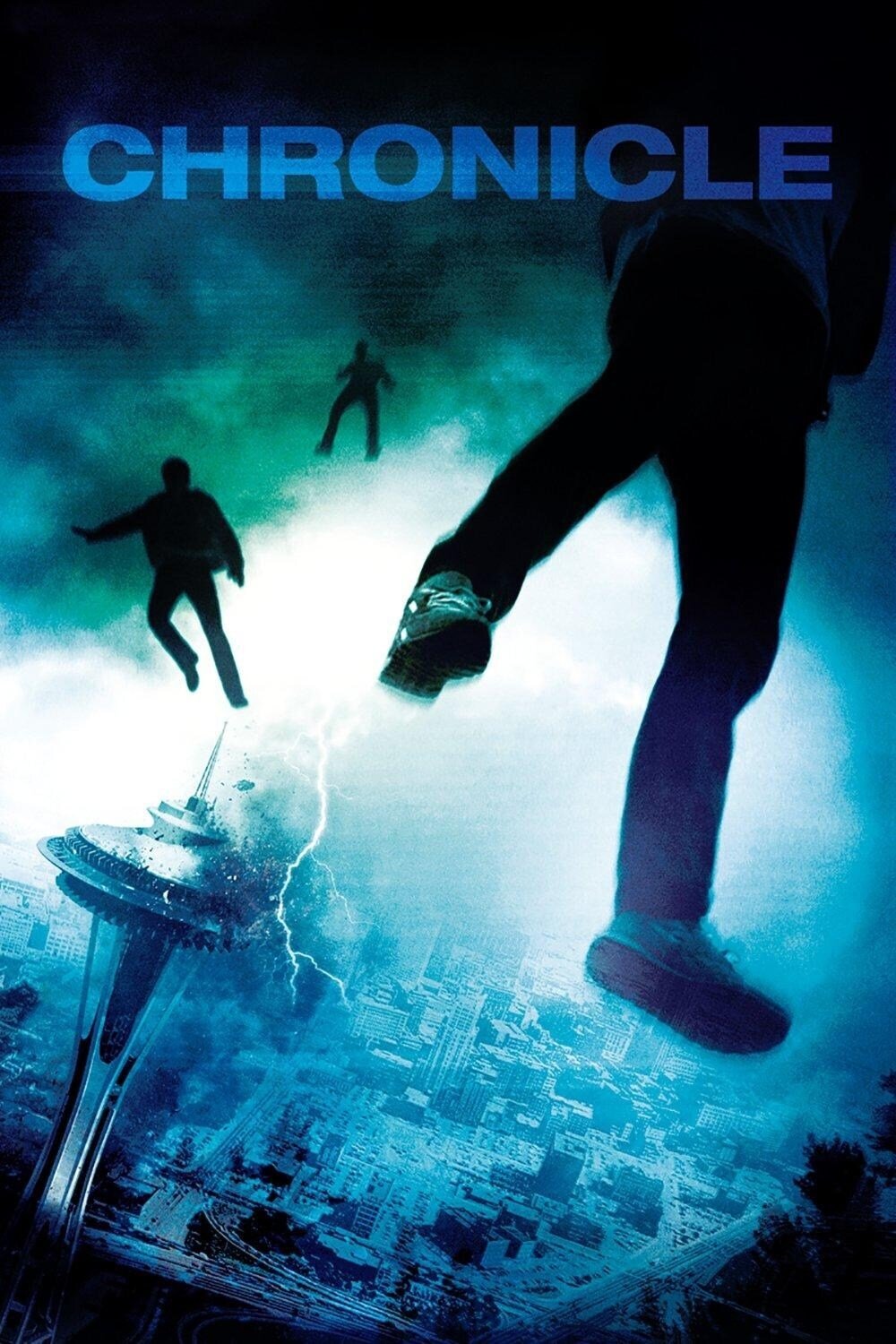Apollo 13 by Jackson Tyler
Apollo 13 was a "successful failure" due to its ability to safely return its crew to Earth despite not achieving its primary objective of landing on the Moon. After an oxygen tank explosion crippled the Service Module, the crew, including James Lovell, Fred Haise, and Jack Swigert, used the Lunar Module as a "lifeboat" to survive the journey back to Earth. Through innovative problem-solving and teamwork, they safely re-entered Earth's atmosphere and splashed down in the Pacific Ocean. NASA's Mission Control developed new procedures for conserving power, removing carbon dioxide, and navigating back to Earth using limited resources. The team's ability to adapt and improvise under extreme pressure became a hallmark of the mission's success. Apollo 13 set the record for the farthest distance traveled by humans from Earth, reaching about 400,171 kilometers (248,655 miles) during the free-return trajectory around the Moon. The mission garnered worldwide attention and support, including offers of assistance from the Soviet Union and allied nations. The mission faced challenges in precisely navigating the spacecraft back to Earth and safely separating the Lunar Module from the Command Module before reentry.
- English (UK)
Add Review
You have to Sign In to share the review


